Muraena helena
Family: Muraenidae
Opening time
The Aquarium is open 365 days/year.Parking lots
The Aquarium car park is open every day, 24 hours a day.Places available: 167, of which 4 for disabled people.
It is not possible to reserve a parking space, but within the Porto Antico Area there are other covered and uncovered car parks.
For further information Click here +
Tickets
| Adult (+13) | starting from €26,00 |
| Boys (4-12) | starting from €16 |
| Children (0-3) | free |
| Military / Over 65 / Disabled* | starting from €20 |
Contact us
FAQ
- Is the entrance ticket to the Acquario di Genova nominal?
The entrance ticket to the Acquario di Genova, like the tickets for all the other structures included in the AcquarioVillage (La Città dei Bambini e dei Ragazzi, Bigo and Biosfera), combined included, ARE NOT NOMINAL.
For tickets purchased online, the name that appears on them is that of the person who made the purchase, or the gift recipient.
In case of impossibility to carry out the visit, the tickets can therefore be transferred to third parties. - What is the difference between a FIXED DATE ticket and a FLEXI ticket?
The FIXED DATE ticket requires, at the time of purchase, the reservation of the date/time slot chosen to carry out the visit. Date and time slot are binding and must be respected.
The FLEXI ticket is valid for one year from the date of purchase, does not require immediate booking and gives the possibility of making a date/time slot change, avoiding the loss of the ticket in the event of inconveniences. - I have an unexpected event, can I change the date booked for the visit?
If you have purchased a FIXED DATE ticket, we are sorry but, as per the conditions of sale, this is not possible.
If you have purchased an OPEN FLEXI ticket, you can change the date/time slot of the visit once, within 2 hours of the chosen entry time, at the following link: ? - Are there discounts for disabled people?
Disabled people with documentation certifying their disability are entitled to a discounted fare ("reduced" ticket).
The companion of the 100% disabled person is entitled to free entry; in case of online purchase, the companion must go to the cash desk to collect the free ticket, upon presentation of the above-mentioned certification.
In the case of disabled people aged between 4 and 12, we recommend purchasing the "child" ticket, which is cheaper than the "reduced" ticket. - I have a small dog, can I bring him with me during the visit?
Sorry, no animals are allowed inside the Acquario di Genova with the exception of guide dogs for blind people.
For information about the dog sitting service in the area, we suggest you contact the IAT (Tourist Reception Information) Porto Antico. (tel.: 010.5572903 - email:
info@visitgenoa.it)

 Do you have questions?
Do you have questions?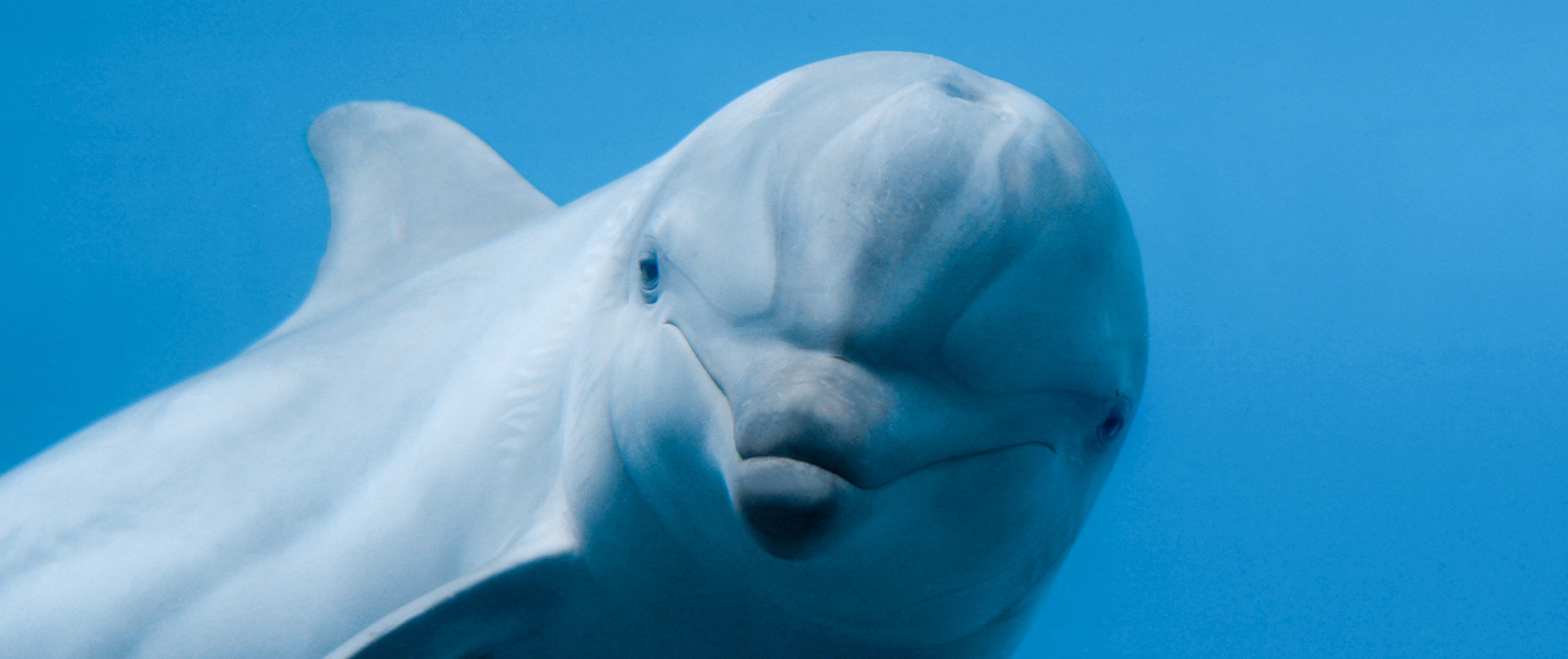
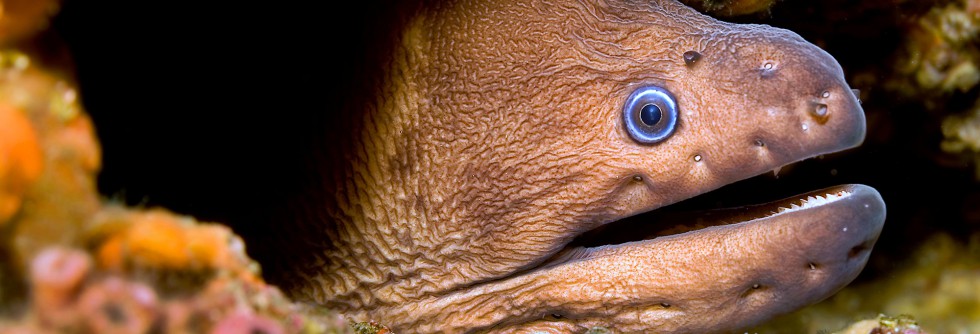
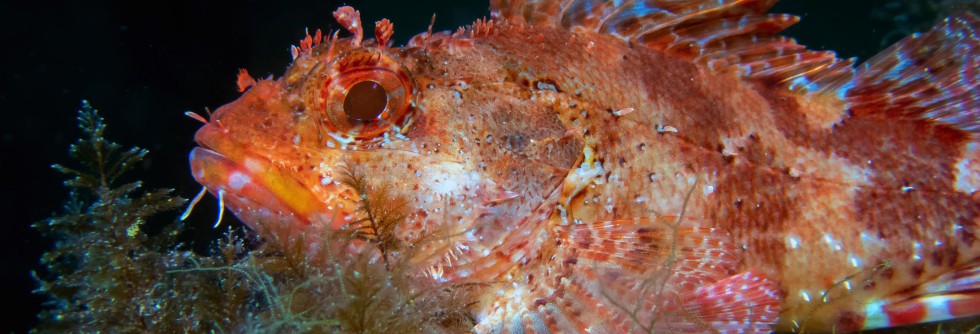
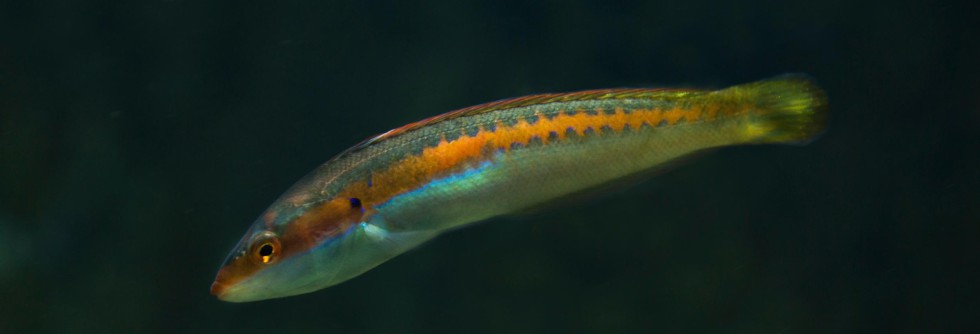
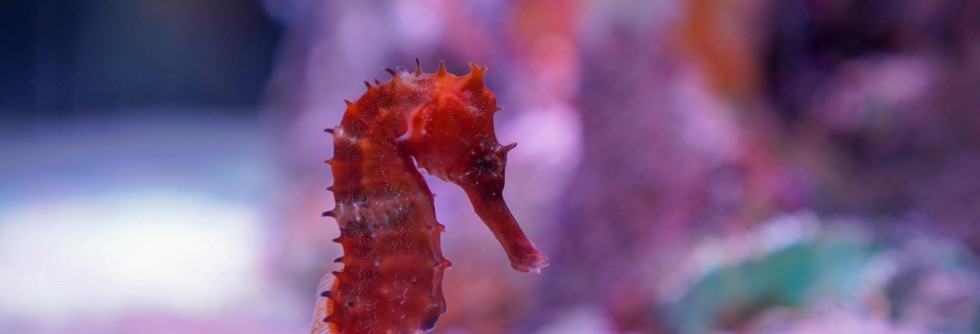

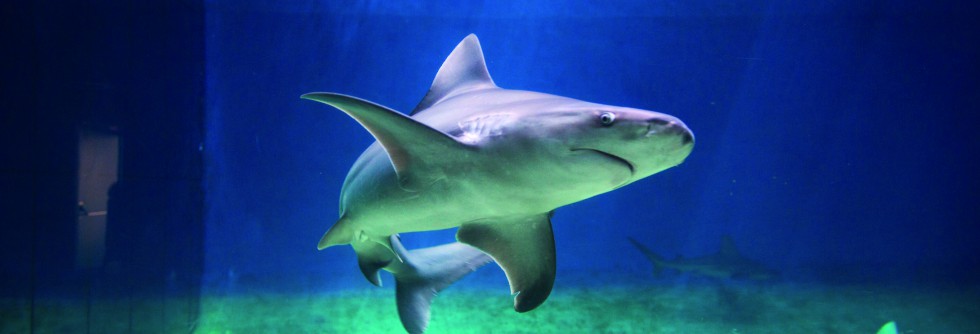
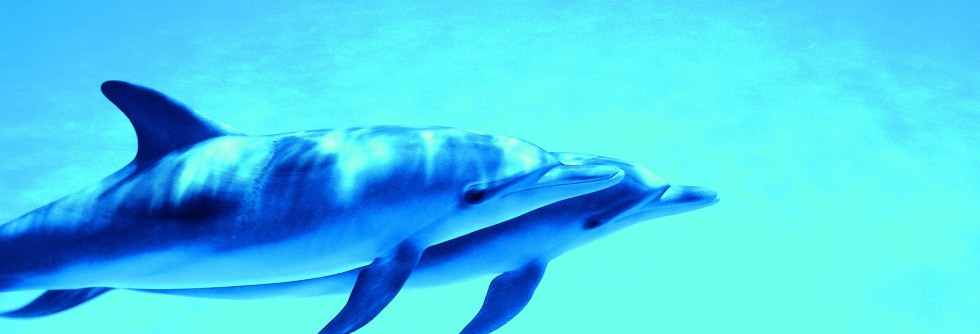
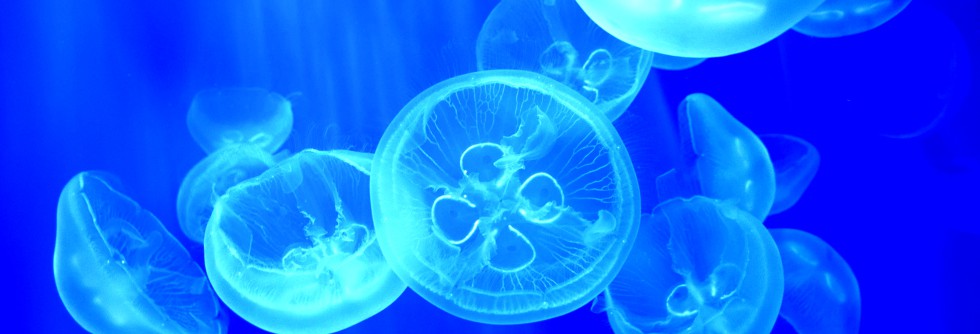
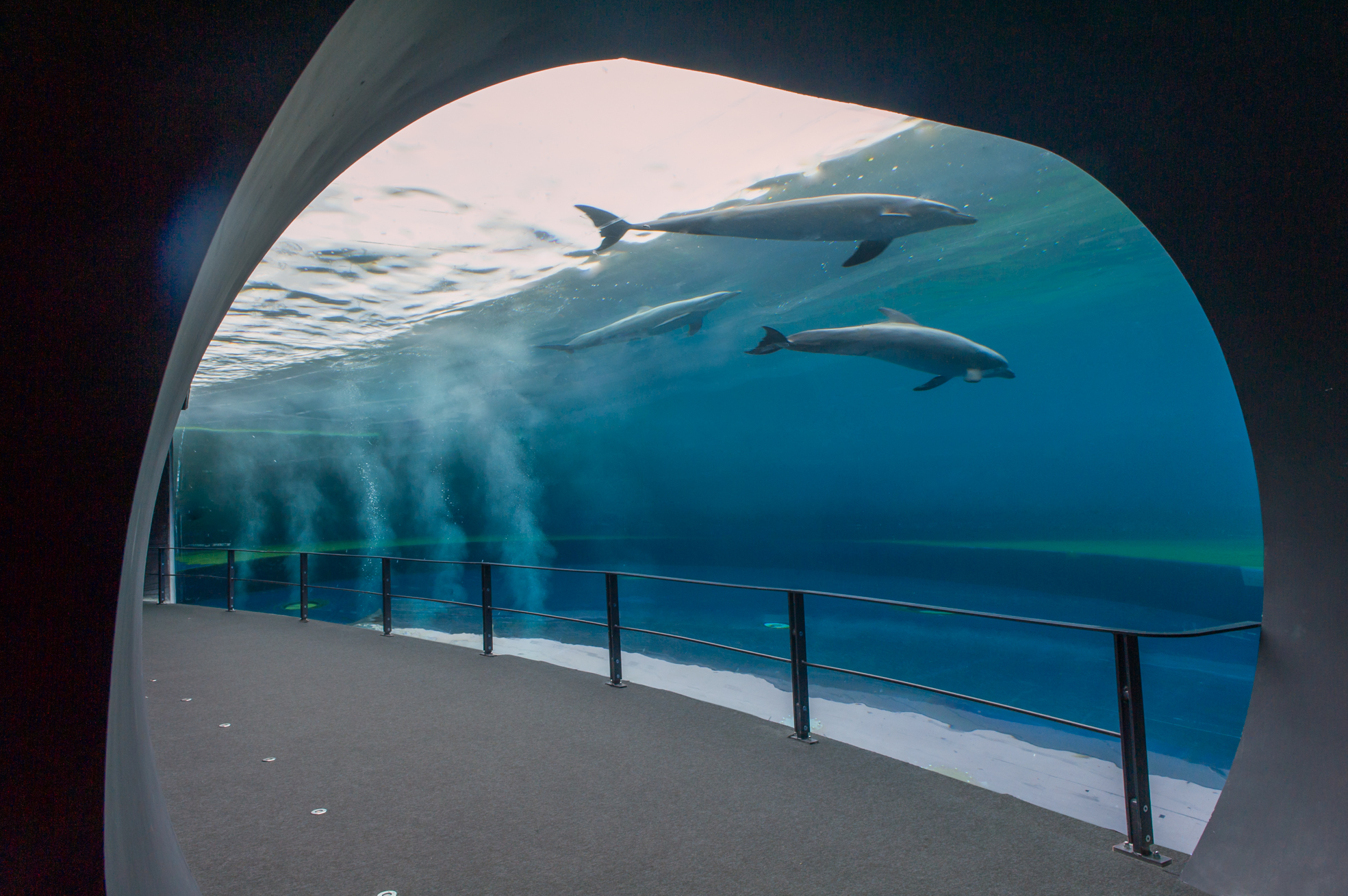
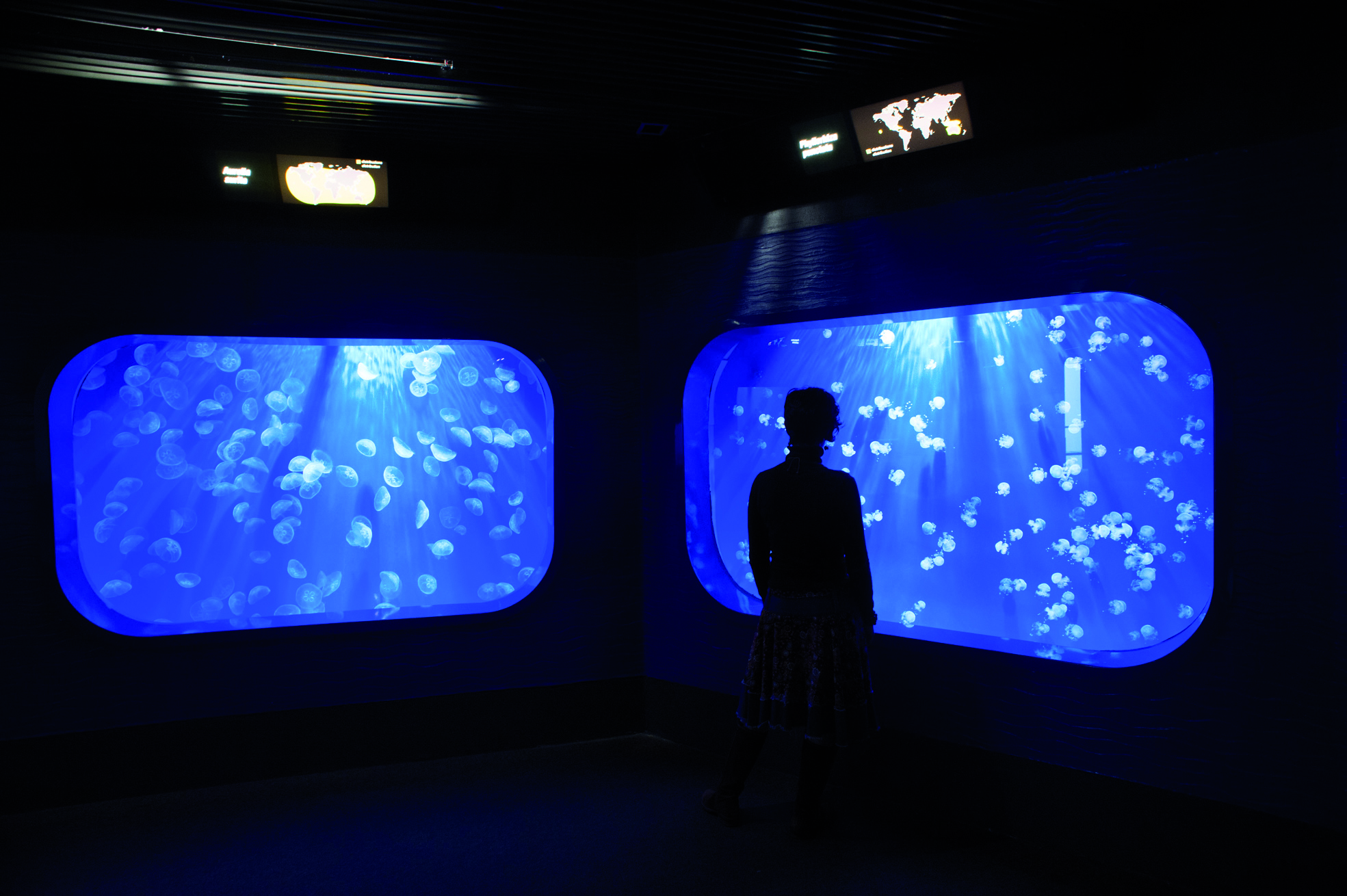
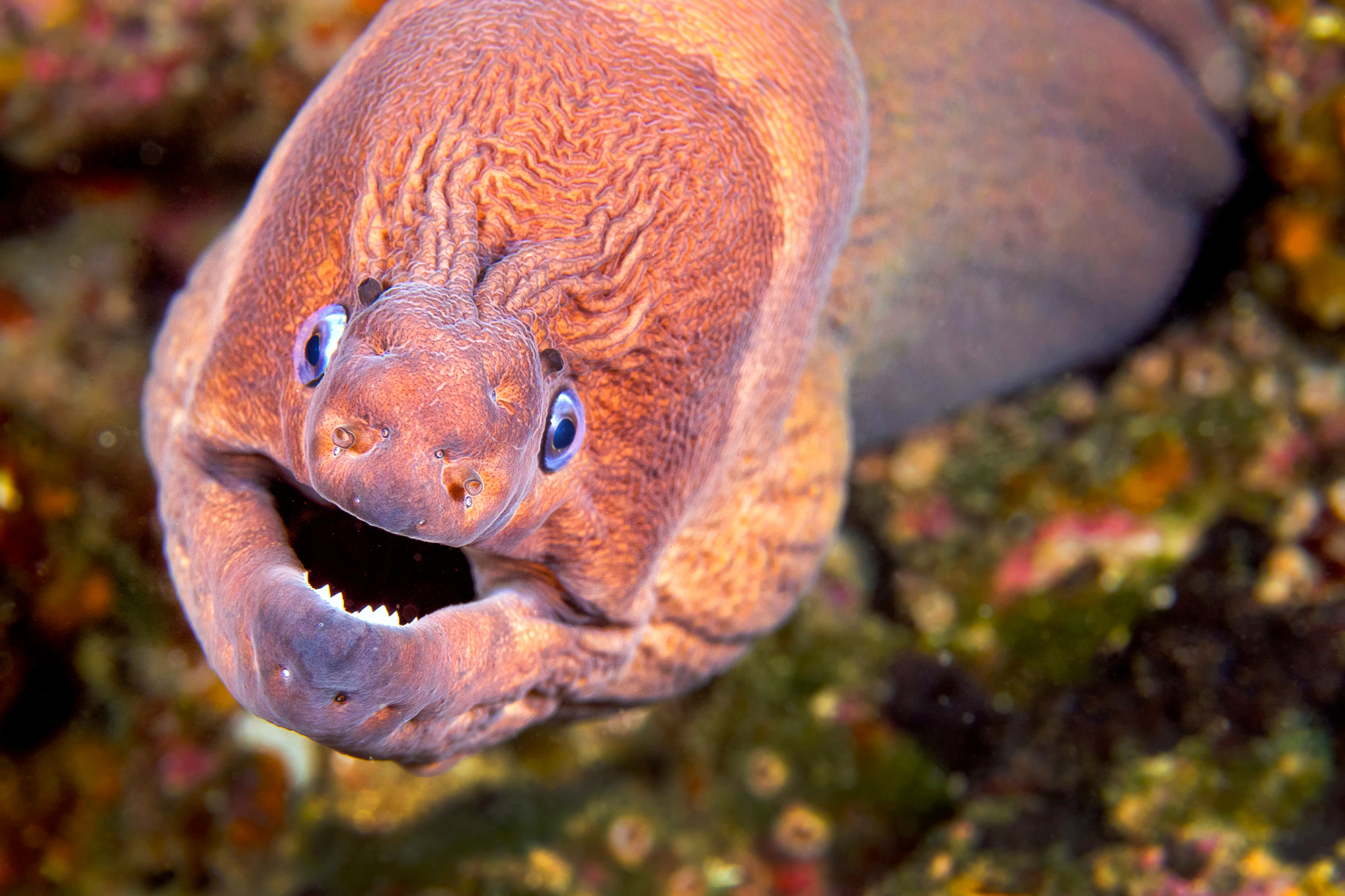
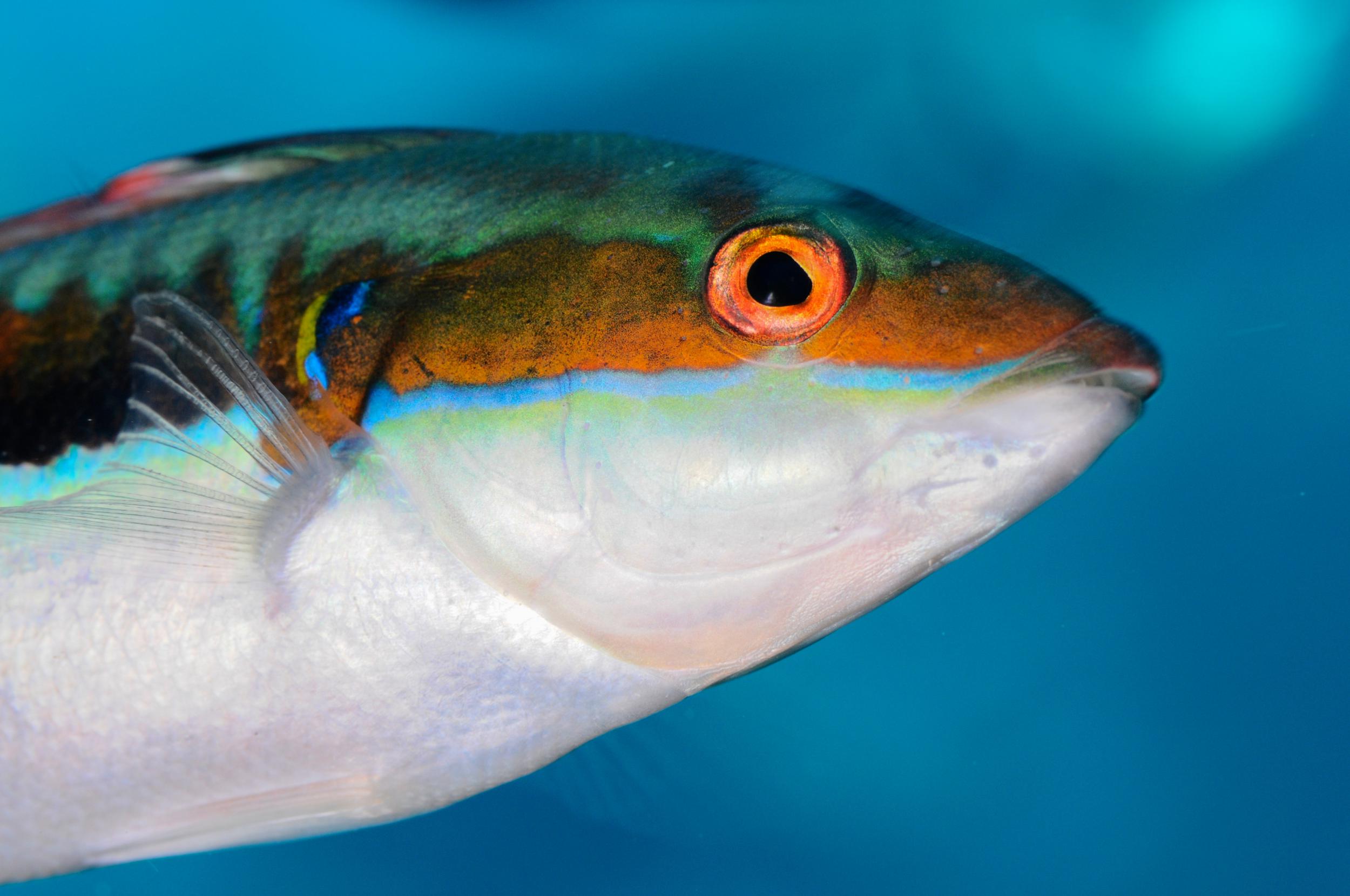
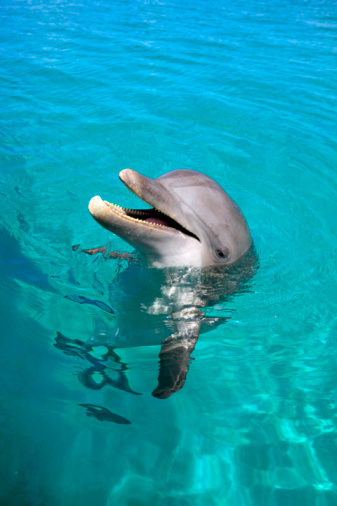
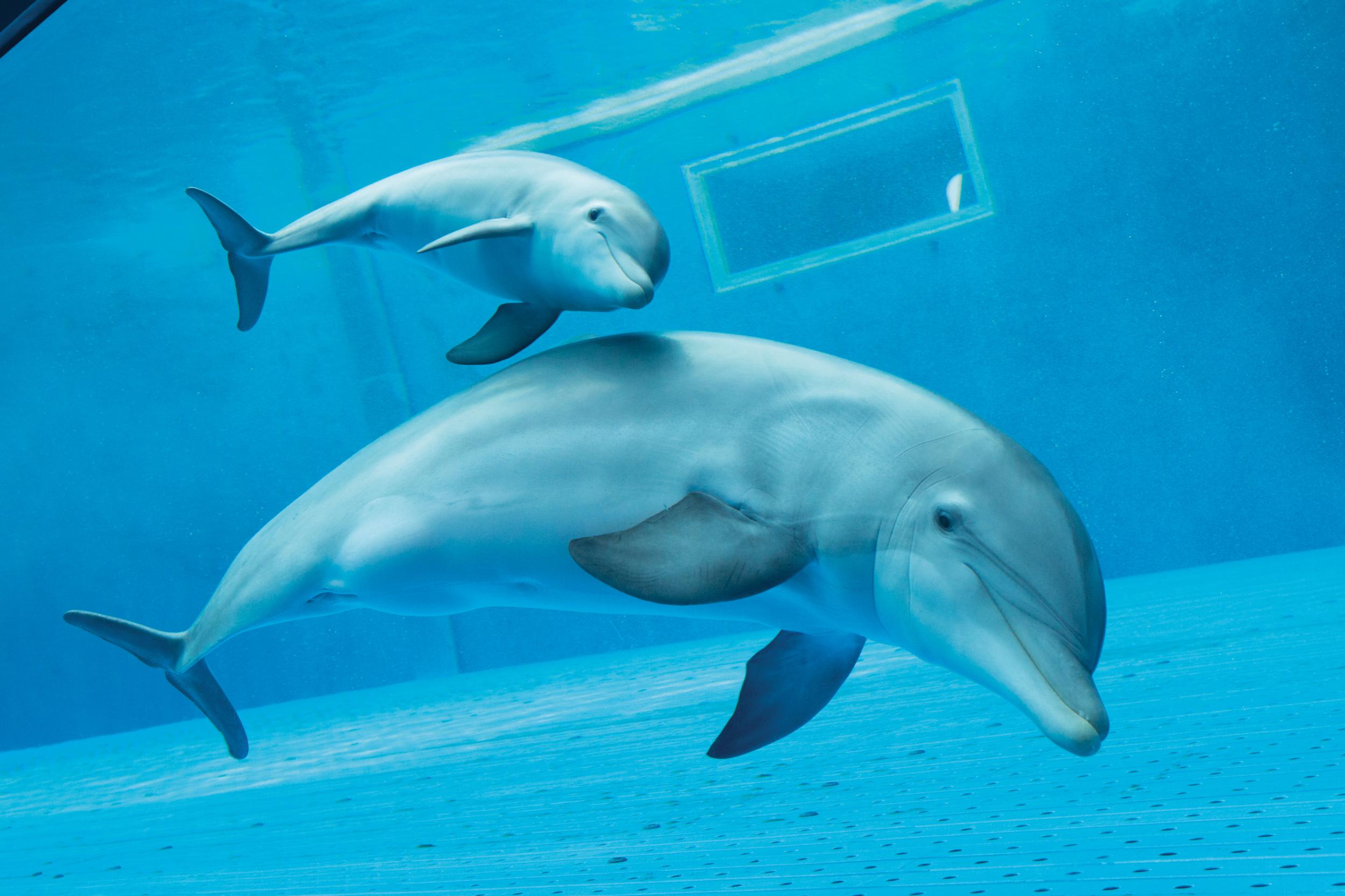
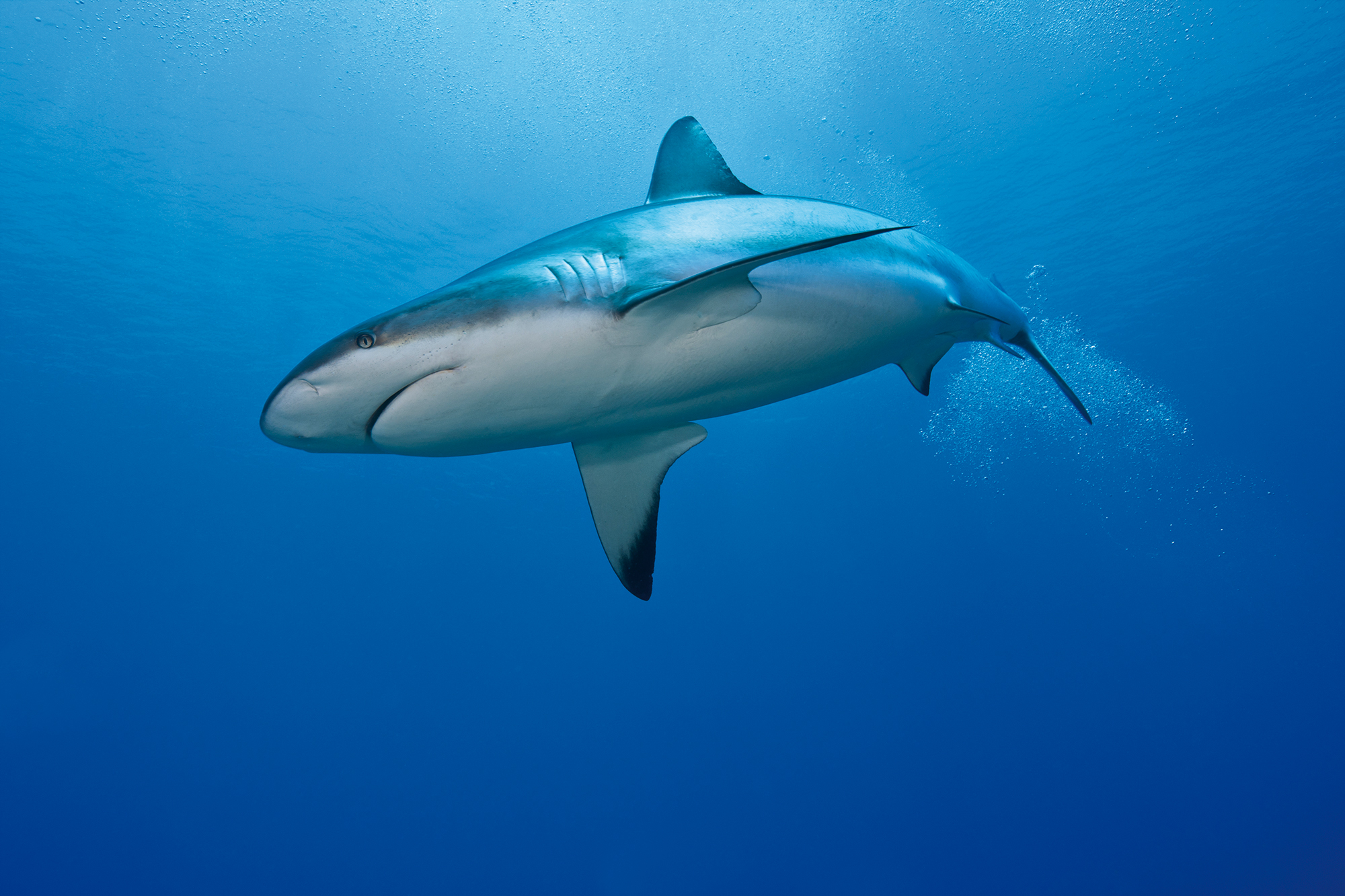
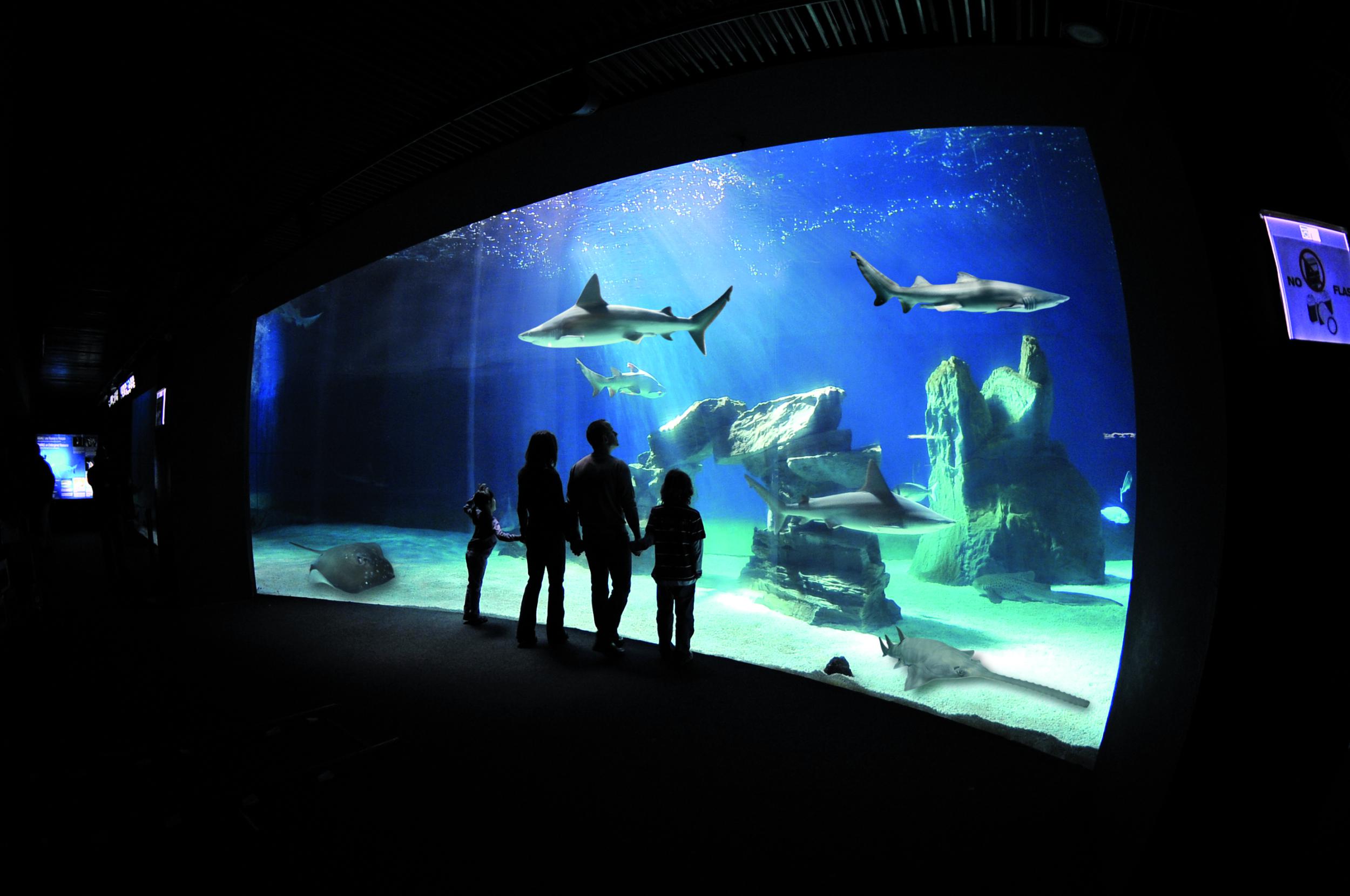
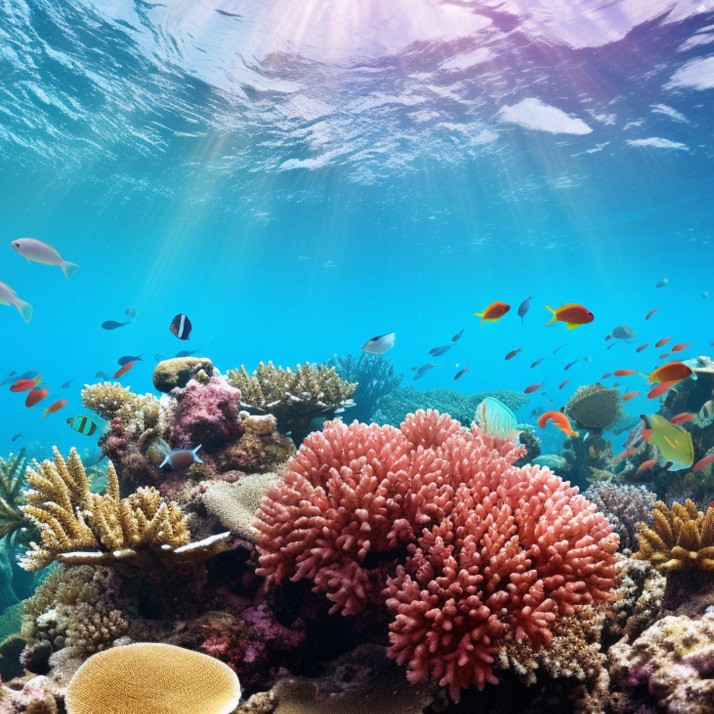
 Fish
Fish Shark
Shark Fish
Fish Angel fish
Angel fish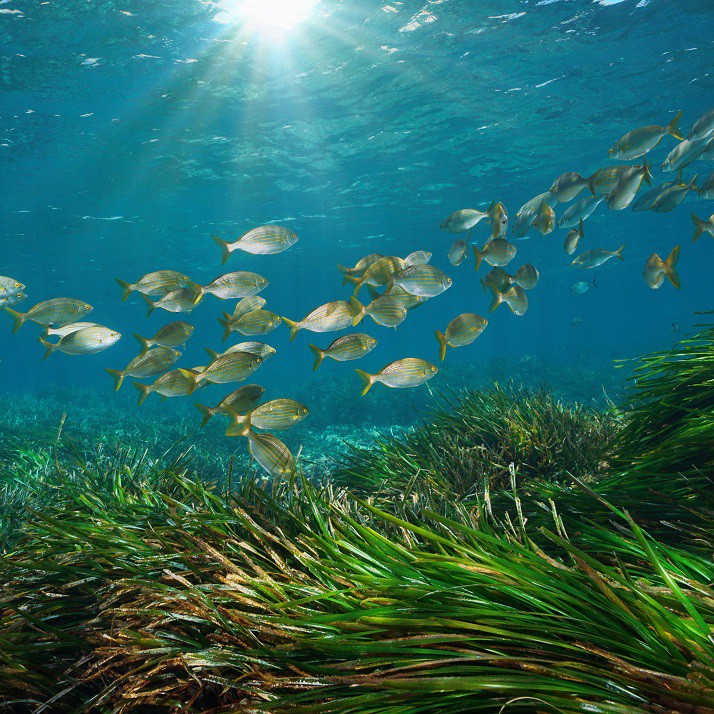
 Murena
Murena Redfish
Redfish Donzella
Donzella Little horse
Little horse Shark
Shark Bottlenose
Bottlenose Jellyfish
Jellyfish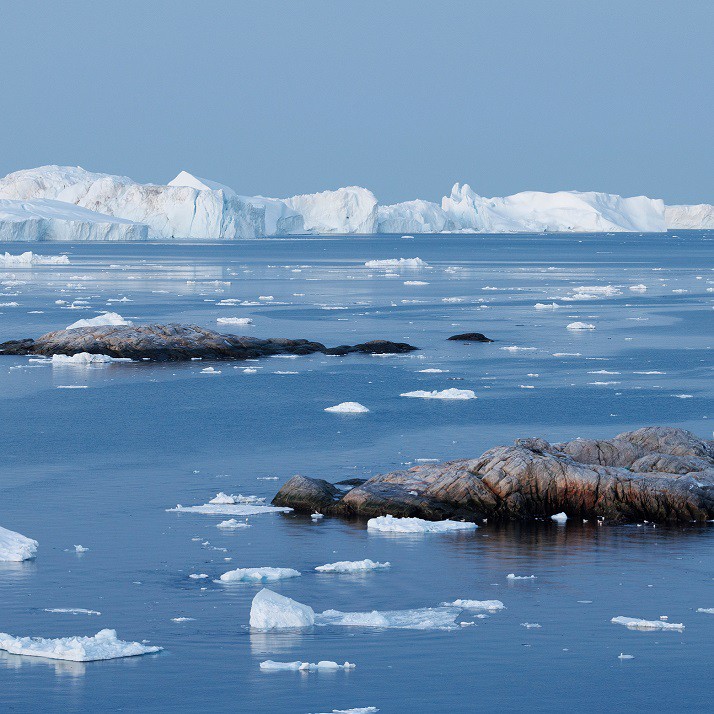
 Seal
Seal Penguin
Penguin Penguin
Penguin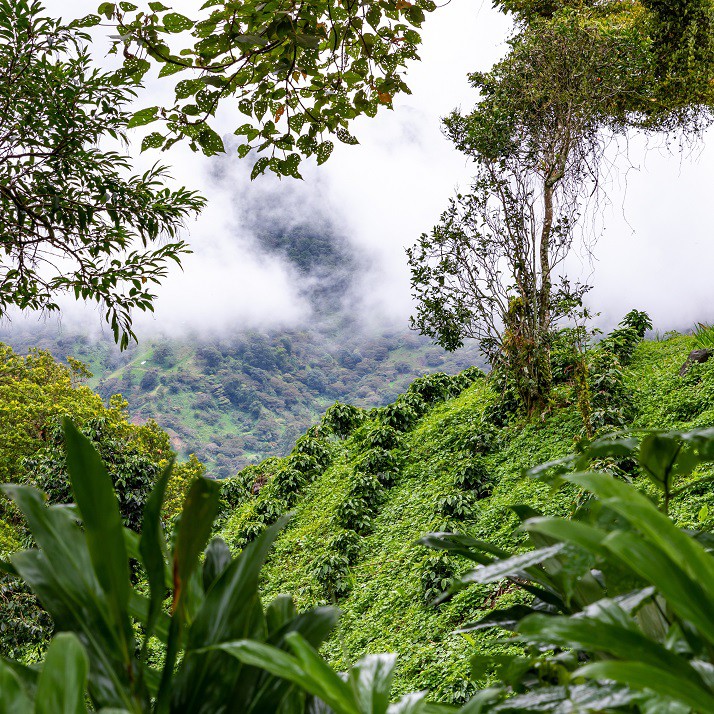
 Iguana
Iguana Buoy
Buoy Cape
Cape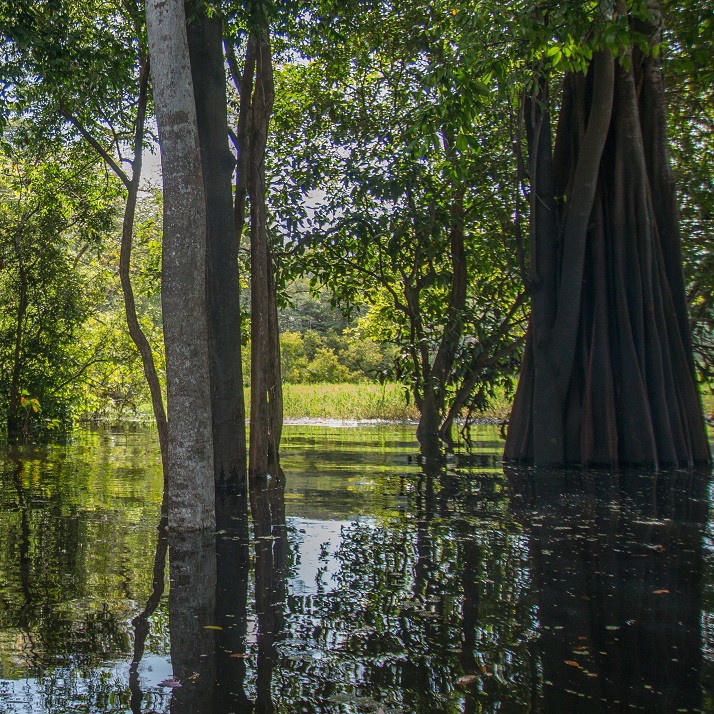
 Manatee
Manatee Dwarf caiman
Dwarf caiman Piranha
Piranha














